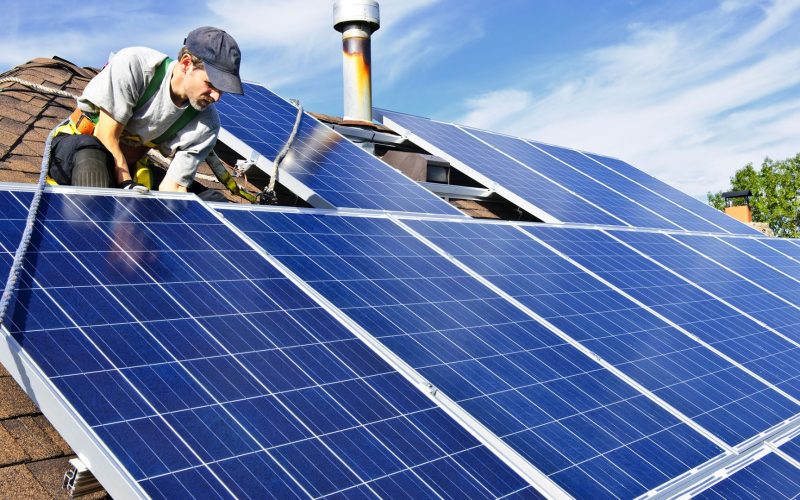THE VOICE FOR THE ENERGY CONSUMER

With almost one-third of our country’s natural gas being produced in the Marcellus and Utica shales, states from New York to Massachusetts are in ideal location to receive supplies of.

With more than 75 percent of Michigan households relying on natural gas, upgrading and modernizing pipeline infrastructure is necessary to ensure affordable and reliable supplies into the future. With reliance.

Earlier, a group of bipartisan legislators in Pennsylvania spoke about the importance of modernizing our energy delivery infrastructure to make our region competitive for manufacturing and ensuring energy prices remain.

U.S. Energy Storage Set to Double in 2019 After breaking numerous records in 2018, the U.S. energy storage industry is not stopping there. With increasing installation, like the 311 megawatts.

Louisville, KY – Consumer Energy Alliance (CEA), the leading consumer energy advocate, released the following statement after the final passage of Senate Bill 100 (SB 100), which would direct the.

CEA’s Brydon Ross was recently interviewed by CBS about the $244 billion financial burden consumers will face as a result of the Green New Deal. “A PR slogan doesn’t keep.

DENVER — Today, Consumer Energy Alliance (CEA), the leading consumer energy advocate, voiced concern and disapproval with Senate Bill 19-181 (SB-181), proposed legislation being fast-tracked in Colorado. This bill would.

CEA’s Kevin Doyle discusses how the Green New Deal would negatively impact Floridians from travel plans and tourism, to replacing current household appliances, which alone will cost Americans $244 billion..

Staying on top of the number of bills to pay these days is exhausting. Mortgage (or rent), car payments, gas and fuel, healthcare, student loans (or other loans), mobile phone,.

CEA’s Kaitlin Schmidtke explores how additional energy development can help offer stability to farmers across the state, who spend about 30% of their annual expenses on energy each year. There.